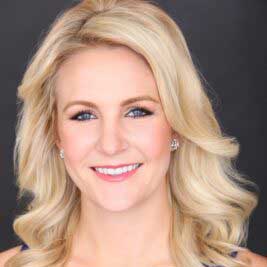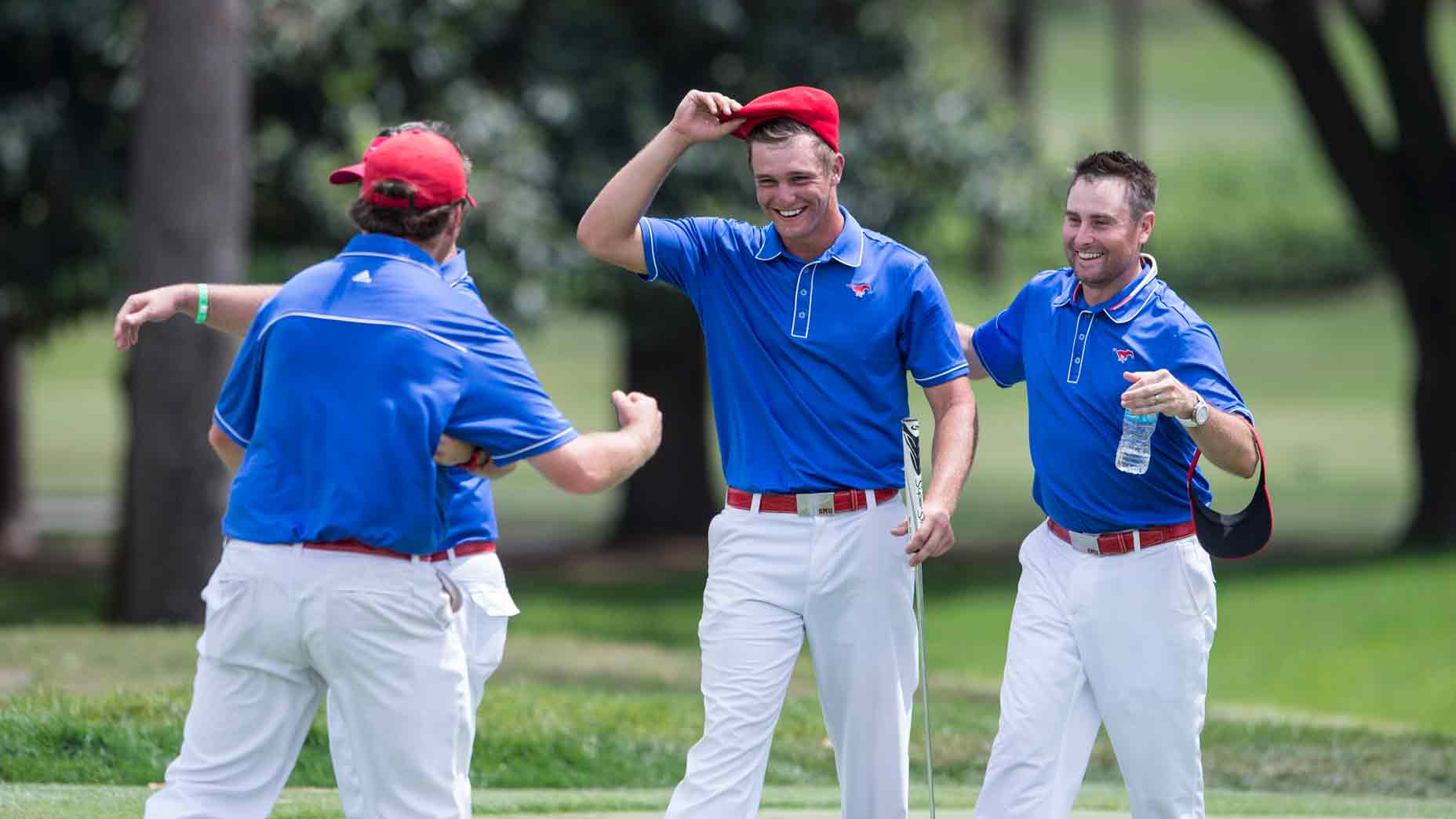Why knowing your golf swing ‘type’ can help you improve on your own
- Share on Facebook
- Share on Twitter
- Share by Email

Justin Thomas checks his club position on his backswing.
Getty Images
Looking for a new way to improve your golf game? Identifying your swing “type” via Swing Catalyst’s analysis is one way to learn something new and valuable about the mechanics of your move.
If you’ve watched a PGA Tour broadcast sometime in the last few years, you’ve likely heard a lot about how some of the game’s longest bombers use the ground to generate their power. If you’re wondering how you can discover how efficiently you’re using the ground when you swing, that’s where Swing Catalyst comes in. Their analysis measures both the pressures and three-dimensional ground reaction forces acting between your feet and the ground.
According to Dr. Scott Lynn, the director of research and education at Swing Catalyst, knowing how and where your body is exerting pressure throughout the swing is valuable information, and in his appearance on this week’s episode of Off Course with Claude Harmon, he explained why.
First, Swing Catalyst tends to categorize players in three ways: gliders, spinners and launchers.
“There’s a couple of things that I look at to kind of determine what the pattern is. One is the belt buckle,” Lynn said. “Because if your belt buckle is pointed at the ball, you’re probably not a spinner. And if your belt buckle is pointed at the target, then okay, that gives us a bigger indication.
“And then, I look a lot at the flex in the right knee, or in the trail-side knee. And so, if you’re a very right-side dominant player, like a Pat Perez, you gotta keep a little more flex in that knee because you need flex in the knee to push off that leg,” he continued. “So if I straighten my right leg and I get a whole bunch of pressure into that leg, then I’m not gonna be able to get off of it. So the flex in the right knee is another thing that can kinda cue you off.”
This training aid will help you leverage the ground and generate more power in your swingBy: Luke Kerr-Dineen
According to Lynn, different flex levels in the trail leg relate to different categories.
“A lot of flex would be a right-dominant golfer, or a glider, a little less flex would be kind of more of a centered player, and if I’m a left-sided golfer, or kind of a vertical golfer, I might straighten that trail-side leg, because that tilts me toward that left side and kind of gets me stacked on top of my left leg,” he said.
Lynn acknowledges that the categorization method isn’t perfect, but can serve as a good baseline for golfers to familiarize themselves with both the tendencies and the ensuing consequences when things potentially go wrong on the course.
“If it goes awry in one direction, you have the ability to say, OK, that’s no problem, I know when the ball does that, I’m doing a little too much of this or maybe not enough of that, and I, you know, dial it back in again. I think that’s super important,” he said. “And I think, ultimately, my goal for my research is to have that be a much less trial-and-error process, for you to figure out what works for you.”
For more from Lynn, including why biomechanics matter in golf. and how you can take a simple self test to see how well you use ground forces in your swing, check out the full interview below.
Latest In Instruction

Golf.com Editor
As a four-year member of Columbia’s inaugural class of female varsity golfers, Jessica can out-birdie everyone on the masthead. She can out-hustle them in the office, too, where she’s primarily responsible for producing both print and online features, and overseeing major special projects, such as GOLF’s inaugural Style Issue, which debuted in February 2018. Her original interview series, “A Round With,” debuted in November of 2015, and appeared in both in the magazine and in video form on GOLF.com.










